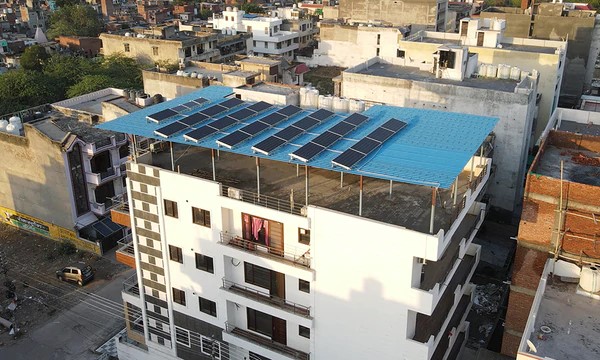Discussions on how humanity nationally and internationally prepares to combat climate change and work towards a zero-carbon future are not new. As scientists and politicians discuss how best to optimize the resources that we have to preserve our planet, the topic of energy storage has become increasingly prevalent. It is, in fact, the key to a successful zero-carbon future.
Energy storage is key to a zero-carbon future because by investing in renewable energy storage solutions, we will create a bank of storage solutions that can be accessed whenever necessary to provide energy to meet user demand and manage the energy supply at peak usage times. In finding ways of storing energy like this, we will be able to combat some of the common issues faced in using renewable energies.
Mainly, generating such energies is typically dependent on the weather rather than energy generation being tailored to meet energy and electricity demand. The renewable energy storage solutions best designed to meet the current need are:
- Batteries
- Thermal energy storage.
- Pumped hydro energy storage
- Kinetic energy storage (also called flywheel energy storage)
All of these energy storage solutions are beneficial in different ways. For example, batteries embrace technology that we are already familiar with; thermal storage can use excess heat produced as a by-product, and pumped hydro storage is useful for coastal communities or those with large riverway systems.
The kinetic energy solution of the flywheel stands out, however. Once they are established, flywheels require little to no maintenance or upkeep during their lifespan and are made from fully recyclable materials. They produce no toxic by-products and are not reliant on external factors such as weather conditions to generate or store their energy. It is always possible to generate more supply as stores get low. This dual function and low maintenance make them a viable option for those who wish to prioritize renewable energy and protect the planet.
Amber Kinetics is the leader in developing kinetic energy storage solutions and is committed to refining its flywheel technologies to make them as environmentally and economically cost-effective and feasible for companies and countries worldwide.
We should be passionate about creating a sustainable future for the planet and its people, and we know that a zero-carbon approach is necessary if we are going to be able to end our reliance on fossil fuels finally. We should welcome an approach that completely divorces itself from similarities with non-renewable energy storage, unlike grid-scale batteries, and differs from other energy storage solutions that create toxic by-products such as thermal and pumped hydro solutions.
Let us embrace the past and use today’s latest technological advancements through recyclable and efficient materials such as carbon and fiberglass to build tomorrow’s zero-carbon future’s renewable energy storage solutions.















